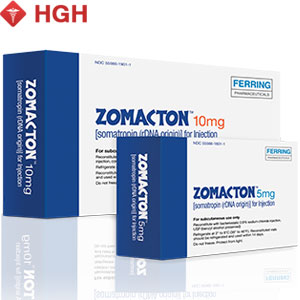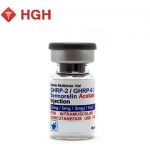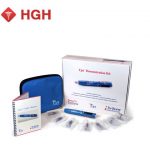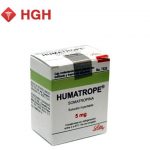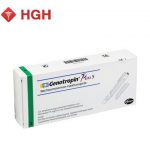
For all those who suffer from an abnormal low T, the perfect solution is testosterone replacement therapy (TRT). But at the same time, some risks exist. That is why you show be aware of the following.
Will I feel more energetic after TRT?
In case you suffer from abnormally low T, you can benefit from TRT, which will return your energy levels back to normal. Boosting your testosterone levels can also lead to the return of the sex drive.
TRT can also stimulate a decrease in body fat and can help to build up muscle mass.
What are the possible risks of TRT?
There are some possible side effects among which are:
- Larger breasts, lower sperm count causing infertility;
- Shrinkage of the testicles;
- Increased risk of blood clots.
Under what conditions TRT should be avoided?
The Endocrine Society stated that in case you suffer from breast or prostate cancer, you are not allowed to take TRT.
Although some research showed that if prostate cancer was treated successfully, you can take TRT only under strict control of the doctor to prevent the return of the disease. It is necessary for the doctor to estimate the probability for prostate cancer restoration.
Your doctor might recommend you not to take TRT in case you have the following conditions:
- Severe congestive heart failure;
- Obstructive sleep apnea;
- Above-normal red blood cell counts;
- Severe lower urinary tract symptoms like urinary frequency and urgency connected with an enlarged prostate or BPH (benign prostatic hyperplasia).
Is it possible to treat ED with TRT?
TRT can help all those with low T to restore healthy erection and is able to boost a sex drive.
However, there are some other possible causes of ED and low T is not the only problem to blame. It is necessary to apply to a doctor to find out the causes of your ED.
How to take TRT?
TRT is supplied in a couple of forms, which has its own advantages and disadvantages.
- Gels. It is necessary to rub gels into your skin every day. It is easy and convenient to apply them. However, you should be cautious as to avoid somebody’s contact with the treated area for some hours. There is a risk that these people can get testosterone in their organism. It is better to use a nasal gel, which has appeared recently, to avoid the risk of exposure to somebody else.
- Patches. You will have no difficulties applying them but they can lead to skin rashes and you will need to use them more than once per day.
- Buccal patch. It is applied twice a day on your upper gum. It is comfortable but can lead to gum disease or irritation.
- Subcutaneous pellets. These pellets are inserted by your doctor under the skin every 3-6 months. They are comfortable after they are applied, but you should have a minor surgery during every application of the dose.
- Injections. Injections can be made anywhere for 2-10 weeks apart. This means is the cheapest in comparison to others. But you may not notice some steady benefits, as your testosterone levels can jump down between the doses.
How is TRT monitored?
At the 3rd and 6th month after you start your TRT, you doctor will test your testosterone levels. Then, the test will be done once per year. If the test reveals that your levels are in order, you will continue with the current dose.
However, if your levels are low, the doctor will adjust the dose. Simultaneously, your red blood cell levels will be controlled by the doctor too.
In a year and two, your bone density will be tested if you suffer from osteoporosis during the treatment. The doctor will also assess the risk of prostate cancer before starting the treatment. It is possible that some other tests will be taken at the 3rd and 6th month of TRT and then every year.
In case any of the patients taking TRT feel any of the following symptoms, it is obligatory to phone 911:
- Weakness in one side of the body;
- Chest pain;
- Slurred speech;
- Shortness of breath or trouble breathing.
